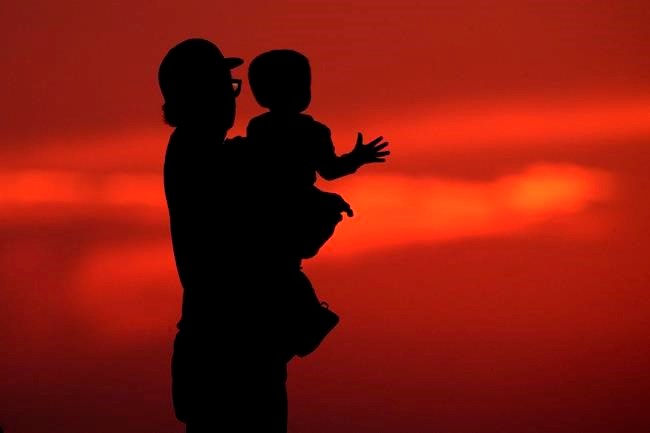VANCOUVER â Child poverty decreased in British Columbia in 2020 due to provincial and federal government benefits provided in response to the COVID-19 pandemic, but any progress may be wiped out by the rising costs of living, an advocacy group says.
The annual sa¹úŒÊŽ«Ãœ child poverty report card from the First Call Child and Youth Advocacy Society shows the 2020 child poverty rate was 13.3 per cent, a decrease from 18 per cent in 2019 and the largest one-year drop since 2000.
But one in eight children were still living in poverty, and the report says the overall statistics hide the fact that some sa¹úŒÊŽ«Ãœ kids are at greater risk than others.
The 2020 poverty rates were dramatically higher among children living on First Nation reserves, those who recently immigrated, children belonging to certain racialized groups, and those living in lone-parent households, the report says.
The advocacy society looked at data from 59 of more than 200 First Nations in sa¹úŒÊŽ«Ãœ and found the child poverty rate was just over 29 per cent. The average rate on rural reserves was higher than the rate among urban reserves, the report notes.
The poverty rate for children in lone-parent households was just over 38 per cent, more than six times higher than the rate for those in families with a couple.
The report says 80 per cent of lone-parent families were led by women in 2020.
Their median income was about $54,600, it says, and finding affordable, quality child care remains one of the most common obstacles single mothers face.
The analysis found regional districts on sa¹úŒÊŽ«Ãœ's outer coast and parts of Vancouver Island had the highest rates of child poverty, with the districts of Alberni-Clayoquot, Bulkley Nechako and the Capital taking the top three spots across the province.
All provinces and territories saw large decreases in child poverty rates between 2019 and 2020 because of the pandemic benefits, the report says. Without continuing investments in children and families, it says rates will likely rise again.
"In 2023, families are facing record high inflation," says the report released Tuesday.Â
"Progress made toward decreasing both the rate and depth of family poverty in 2020 may be all but wiped out by increasing costs in 2023."
sa¹úŒÊŽ«Ãœ Social Development and Poverty Reduction Minister Sheila Malcolmson says she's read the report, and knows inflation is hitting people hard this year.
"Although we exceeded our legislated poverty reduction targets, we're very aware that a lot of people are suffering right now," she said in an interview.
The NDP government introduced its poverty reduction strategy in 2019, with an aim to reduce overall poverty by 25 per cent and child poverty by 50 per cent from 2016 levels by 2024.Â
Malcolmson says it will soon launch public consultation to revisit the strategy.
"We know we need to do more," the minister says.
The First Call report also points to growing income inequality in the province, finding the richest 10 per cent of sa¹úŒÊŽ«Ãœ families with children had nearly as much income as the poorest 50 per cent of families combined.
The report makes 25 recommendations to provincial, federal and local governments in areas that include wages, income and disability supports, and targeted initiatives for groups overrepresented in the poverty data.
This report by The Canadian Press was first published Feb. 14, 2023.
Brenna Owen, The Canadian Press



